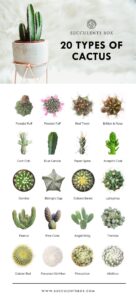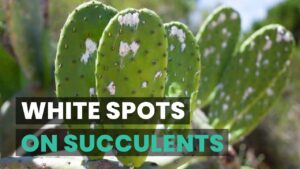The Mother of Thousands plant, scientifically known as *Kalanchoe daigremontiana*, is a visually striking succulent with fleshy, vibrant leaves. Hailing from the Madagascar region, this perennial powerhouse exhibits an intriguing growth habit, producing numerous offsets that give it its common name, “Mother of Thousands.” While its cascades of robust foliage may captivate enthusiasts and collectors, it’s crucial to delve into the toxicity of this plant, especially for households with pets or small children. What lurks beneath the surface is not merely aesthetic charm but a plethora of potential hazards associated with its consumption. This article aims to provide a comprehensive overview of the plant’s poisonous properties, symptoms of toxicity, and safety measures that can be taken to mitigate risks associated with its presence in domestic spaces.
The Toxic Components: What Makes the Mother of Thousands Dangerous?
Understanding the biological makeup of the Mother of Thousands is paramount to grasping its toxic characteristics. The plant contains compounds known as bufadienolides, which are cardiac glycosides. These compounds can disrupt normal heart function, leading to potentially serious consequences if ingested. Similar to substances found in the infamous foxglove (*Digitalis purpurea*), bufadienolides work by inhibiting the sodium-potassium pump in heart cells, altering the electrical impulses that regulate heartbeats.
It’s worth noting that the concentration of these toxic compounds varies with the plant’s age and health. Young plants may pose less of a risk than mature specimens heavy with leaf growth. Regardless of their growth stage, ingestion of any part of the Mother of Thousands can lead to symptoms ranging from gastrointestinal distress to more severe cardiovascular complications, warranting immediate attention.
Recognizing Signs of Toxicity: What to Look For
Awareness of the signs of poisoning is essential for swift intervention. If a pet or child consumes any part of the Mother of Thousands, symptoms may manifest as:
- Nausea and Vomiting: The first indicators might include gastrointestinal upset. In both pets and young children, this can often manifest as vomiting or diarrhea.
- Abdominal Pain: Aside from vomiting, the affected individual may experience cramping or discomfort in the abdominal area. This can be particularly distressing in younger or more vulnerable beings, requiring careful observation and management.
- Heart Rate Changes: Due to its interference with cardiac function, signs of arrhythmia, irregular heartbeat, or even rapid heart rate may appear. These symptoms can escalate, causing significant concern and necessitating immediate veterinary or medical attention.
- Neurological Issues: In severe cases, one might observe lethargy, weakness, or even seizures. These alarming signs underscore the critical need for timely response and intervention.
Management of Toxicity: What To Do If Ingestion Occurs
Should you suspect that a pet or child has ingested the Mother of Thousands, swift response is essential. Initiating an assessment of the situation can mean the difference between mild distress and serious complications. Here are steps to follow:
- Contacting Professionals: Alert your veterinarian or local poison control center immediately. They can provide tailored guidance based on the specifics of the situation, including the amount ingested and the individual’s health history.
- Inducing Vomiting: Under professional guidance, inducing vomiting may be recommended within the first two hours post-ingestion. This process may help in expelling the toxins before they can be absorbed fully into the system.
- Supportive Care: In cases where symptoms have already developed, intensive care might include administration of activated charcoal or intravenous fluids. These interventions are designed to reduce absorption of toxins and stabilize the affected individual.
Preventative Measures: Keeping Your Home Safe
Prevention is the cornerstone of managing plant toxicity risks in the home. While the Mother of Thousands can be an eye-catching addition to your indoor plant collection, the following strategies can help ensure a safer environment:
- Proper Placement: Select appropriate locations for the plant, ideally high up on shelves or in hangers, where small hands and curious pets cannot reach. This simple adjustment can significantly mitigate the risk of accidental ingestion.
- Educating Children and Guests: Informing children about the dangers of certain plants plays a vital role in prevention. Educate them about which plants are safe to touch or ingest. Additionally, ensuring that guests are aware of the plant’s toxicity can prevent unintentional mishaps.
- Seeking Alternatives: If you live with pets or young children, consider substituting the Mother of Thousands with non-toxic plant alternatives. Species such as spider plants, Boston ferns, or pothos create a similar lush aesthetic without posing risks.
Conclusion: Embracing Knowledge for Responsible Plant Care
Understanding the toxic nature of the Mother of Thousands is imperative for any plant lover. While its unique beauty may allure, the potential risks associated with this plant necessitate careful consideration and responsible care practices. By recognizing symptoms of toxicity, implementing effective preventive strategies, and fostering a culture of awareness, you can enjoy the aesthetics of your botanical collection without compromising safety. In doing so, you facilitate an environment where the joys of plant ownership can thrive, unmarred by the shadow of toxicity.





Leave a Comment